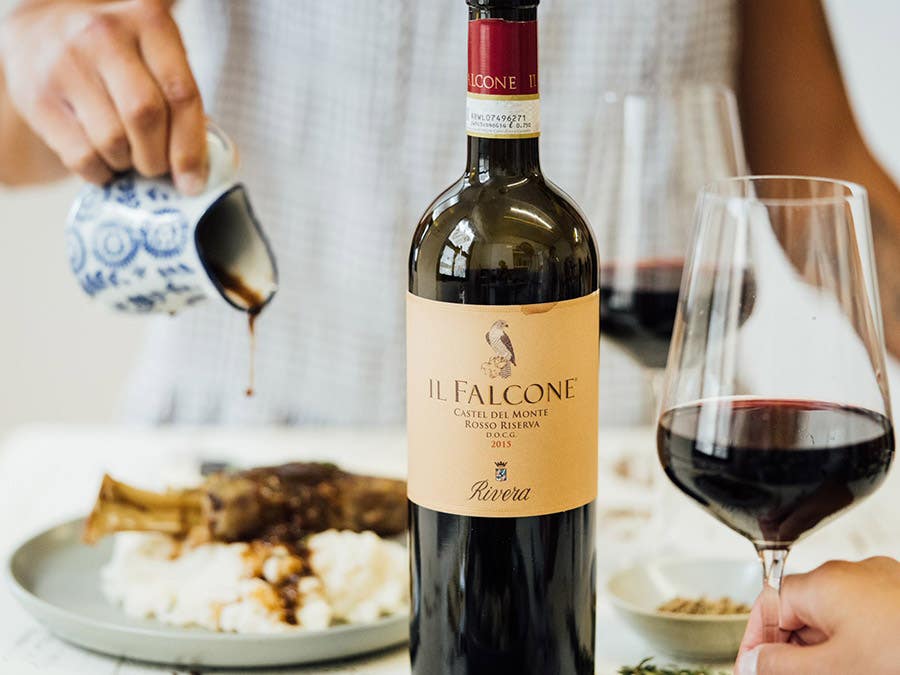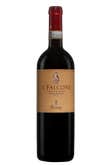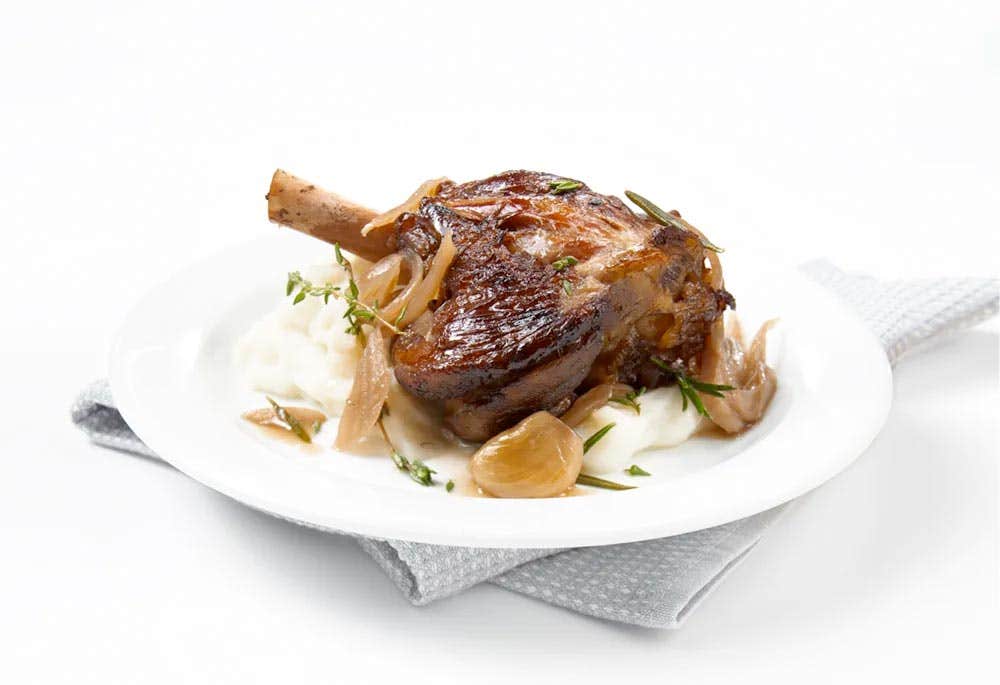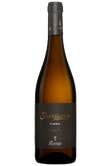Located in the very south of the Italian peninsula, in the heel of the boot, Puglia enjoys exceptional climatic conditions. The warm weather in the summer and cool in the winter, ideal for agriculture, is the reason for its reputation as the food basket of Italy. But it is also a region rich in history and tradition that attracts more and more visitors who come to enjoy its beaches and discover at the same time a unique gastronomy and a vineyard in full rise.
Agriculture at the center of breathtaking landscapes
The Apennine Mountains, which crosses Italy, concludes its course in the region. This steep chain dominates the center of the region and is bordered by the sea on both sides, Ionian on the west and Adriatic on the east. The location of Puglia, between the sea and the mountains, is partly responsible for the beauty of its landscape. But the local know-how also contributes to the charm of the region. Visitors enjoy the valleys where shepherds walk their flocks among the olive trees and the golden wheat fields overlooking the turquoise sea.
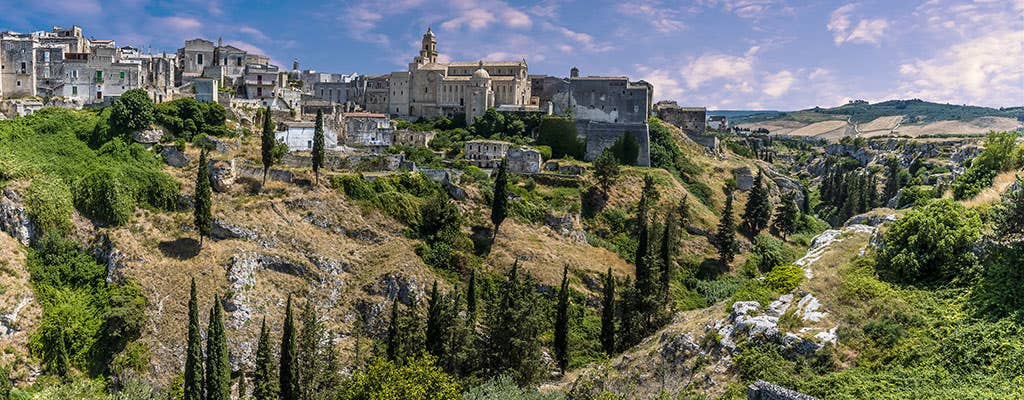

Puglia plays an important role in the Italian agrarian history. The production of wheat, olive oil and wine are among the most important in the peninsula. For a long time, the optimal climatic conditions have favored large volume production and bulk sales, but a small revolution took place at the turn of the millennium. The faculties of agriculture of Foggia and Bari have participated in the new quality-oriented approach that has marked the last decades. Researchers and winemakers have worked hand in hand to better master the local grape varieties and to fully exploit their characteristics. As a result, a new generation of high quality wines has emerged alongside the region's unrivaled value-for-money wines.
The north of the region has long been considered one of the country's food baskets. But the area is also a major research center that contributes to the dynamism of Puglia. It is here that innovations are developed which will then be deployed in the rest of the country and even elsewhere in the world. The region is particularly active in the advancement of organic agriculture. Every spring, the city of Foggia is even the center of the world of agricultural research as it hosts the International Fair of Agriculture and Livestock Techniques.
An outstanding gastronomic heritage
The variety of local specialties in Puglia is due to its location, bordered by water and overlooked by mountains. You can enjoy braised meat dishes as well as vegetables, legumes and seafood. However, the recipes of the region have one common denominator: the emphasis is on the simplicity of the preparations in order to make the quality products shine.
Puglia is the leading olive oil producing region in Italy and is responsible for 12% of the world's production! The olive oils are obtained using, among other varieties, fifteen indigenous cultivars of the region. They have a strong character and a nice herbaceous aroma.
Wheat fields stretch as far as the eye can see in the region's valleys. This is durum wheat that flourishes perfectly in the dry climate of the area. It is this variety that is favored for the production of pasta secca, the dry pasta that is exported all over the world and for which Italy is famous. The orecchiette, short pasta shaped like little ears, is certainly the most iconic pasta of Puglia.
Burrata is another creation from Puglia. It was designed to preserve fresh cream in the center of a pasta filata cheese. The production of this specialty has spread throughout Puglia and beyond, but it was born in the village of Andria, a few kilometers from Castel del Monte. Burrata di Andria was recognized as a protected geographical indication in 2016.
Wines that are rich in history
Puglia has seen several civilizations in its territory. The region was occupied for a long time by the Greeks who left numerous monuments, place names and several emblematic grape varieties of the region such as the Nero di Troia and the Negroamaro. The arrival of the Romans brought about the development of viticulture and the diffusion of local wine to Rome by land and also to the eastern part of the empire from the port of Brindisi. Ancient authors praised the local varieties as the source of rich wines with an irresistible taste and aroma.
A mysterious castle overlooking an exceptional vineyard
At the beginning of the 13th century, Frederick II was crowned ruler of the Holy Roman Empire. The Emperor returned regularly to Puglia and his attachment to the region led to the construction of the Castel del Monte to the west of the city of Bari. Erected on a lonely hill that rises above 500m from sea level, it can be seen for 50 kilometers around.
The castle is full of symbols, its octagonal shape, its 8 towers and the 8 rooms per floor show that its construction was carefully studied to reflect the importance of this number in the eyes of the Emperor. The layout of the castle also serves an astronomical purpose, since on the day of the equinoxes and solstices, the shadows that are cast in the inner courtyard arrive at perfectly defined locations. According to historians, it was not used for military purposes, but rather as a place of knowledge and contemplation, both spiritual and mystical.
In 1996, UNESCO included the site on its World Heritage List to highlight its exceptional character, particularly because of the integration of cultural elements from Northern Europe, the Islamic world and classical antiquity.
The castle also gives its name to one of the most respected appellations in southern Italy. The Castel del Monte appellation obtained the status of denominazione di origine controllata (DOC) in 1971 and the highest level, denominazione di origine controllata e garantita (DOCG), in 2001.
The production area extends from the north of the city of Bari to the Adriatic Sea. The vineyards are located 300 meters above sea level and form the "Alta Murgia" plateau, dominated by rocky limestone soils. Here, viticulture and cattle breeding are practiced. The territories closer to the sea level are made up of calcareous tuff where vines and olive groves are mixed. Several varieties are grown here, some of which are native to the area: Pampanuto, Bombino Bianco, Nero di Troia, Montepulciano and Aglianico. The production of wine in the appellation is varied, white, rosé and red, but it is the great long-keeping reds that have made the region famous.
To discover the charm of the great wines of Castel del Monte
The perfect seasonal match!
This wine brings out the full potential of the Nero di Troia grape variety, which makes up 70% of the blend. It is the main native variety of the appellation. Its structure and character are tempered by a fine maturation in French oak followed by a year of aging in bottle. The wine presents notes of ripe red fruits, spices and leather that will accompany this recipe of braised lamb with fennel.
In partnership with Montalvin
Watch out for the upcoming arrival of these other delicious wines from Puglia
 Free in-store delivery with purchases of $75+ in an estimated 3 to 5 business days.
Free in-store delivery with purchases of $75+ in an estimated 3 to 5 business days.
